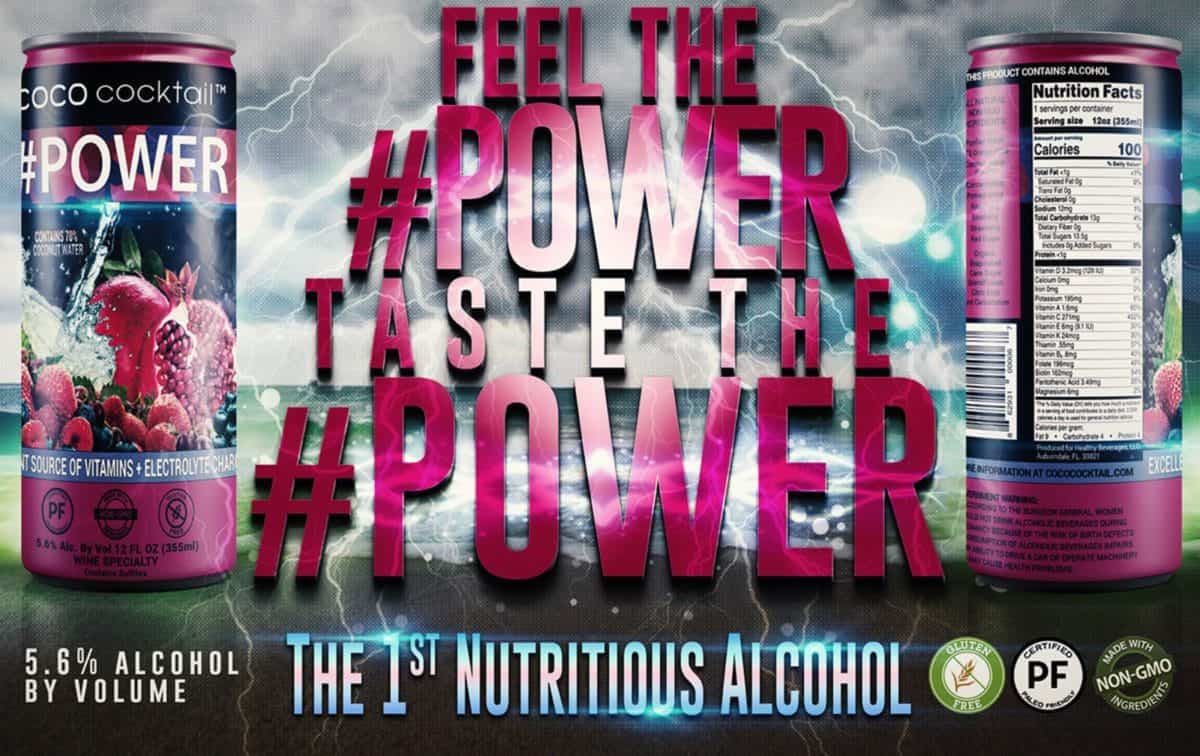Farmers Globally Use Untreated Wastewater to Irrigate Crops
Irrigation is a necessity of farmers. But important news revealed recently that farmers all over the world are using untreated wastewater to irrigate their crops. In a study published in the journal, Environmental Research Letters, found out that 50% of farmers globally use untreated municipal wastewater to grow food.
The Use of Untreated Wastewater in Agriculture
This frightening statistic indicated that around 36 million hectares of croplands in urban areas rely on heavily polluted water for growing crops. In the study, five countries were identified that use 85% downstream wastewater to irrigate their crops, and these include China, India, Mexico, Pakistan, and Iran. This was a far cry from the 2004 study that noted only 20 million hectares of agricultural lands reuse wastewater.
The reuse of wastewater for agricultural purposes is caused by the increasing problem of water pollution as well as the declining availability of fresh water. According to the lead author of the study, Anne Thebo, the problem is very evident in many developing countries where many places lack wastewater treatment facilities.
To make matters worse, poor farmers who cannot afford to get commercial inputs like fertilizers rely on wastewater to provide nutrients to their plants. In a report released by Associated Press, several farmers in Mexico used wastewater as they produce bigger crop yields compared with treated water. After all, sewage effluence may contain high amounts of human excrements but, while containing high amounts of nitrogen, also carry pathogens that can be transferred to food.
The Dangers of Farmers Using Untreated Wastewater
The use of untreated wastewater does not only pose threats to local farmers but also to the consumers. Consumers who unknowingly eat raw vegetables and fruits that are grown using wastewater may suffer from food poisoning. Food safety is a pressing issue in the food industry, and the use of untreated wastewater puts people at risk to the exposure of roundworms and pathogens like E. coli and Salmonella. In fact, there have been numerous instances when produce coming from Mexico has led to outbreaks.
Vegetables and fruits from Mexico, for example, were found to have been contaminated with Salmonella, hepatitis A, and Cyclospora (an intestinal parasite) include cantaloupes, basil, salad greens, and cilantro. In 2013, consumption of these products had resulted in hundreds of people all over the United States to experience severe food poisoning while some people died from it.
The Implications of The Study
The published study aims to reveal what is happening in many agricultural lands all over the world. The result of the survey also indicates that considerable strides should be made all over the world regarding improving sanitation in urban areas by investing more in wastewater treatment plants. The thing is that further effort is necessary aside from developing wastewater treatment facilities but also implementing better sanitation policies to address not only the recycling of wastewater in agriculture but also for the protection of surface water and its quality.
Inspired by www.modernfarmer.com



 Just as the term milk has broadened to include non-dairy based products, such as almond and soy milk, rice has followed suit and done the same. Although the new cauliflower product is not the consumer’s first pick, it appeals to people looking for healthy food options.
Just as the term milk has broadened to include non-dairy based products, such as almond and soy milk, rice has followed suit and done the same. Although the new cauliflower product is not the consumer’s first pick, it appeals to people looking for healthy food options.
